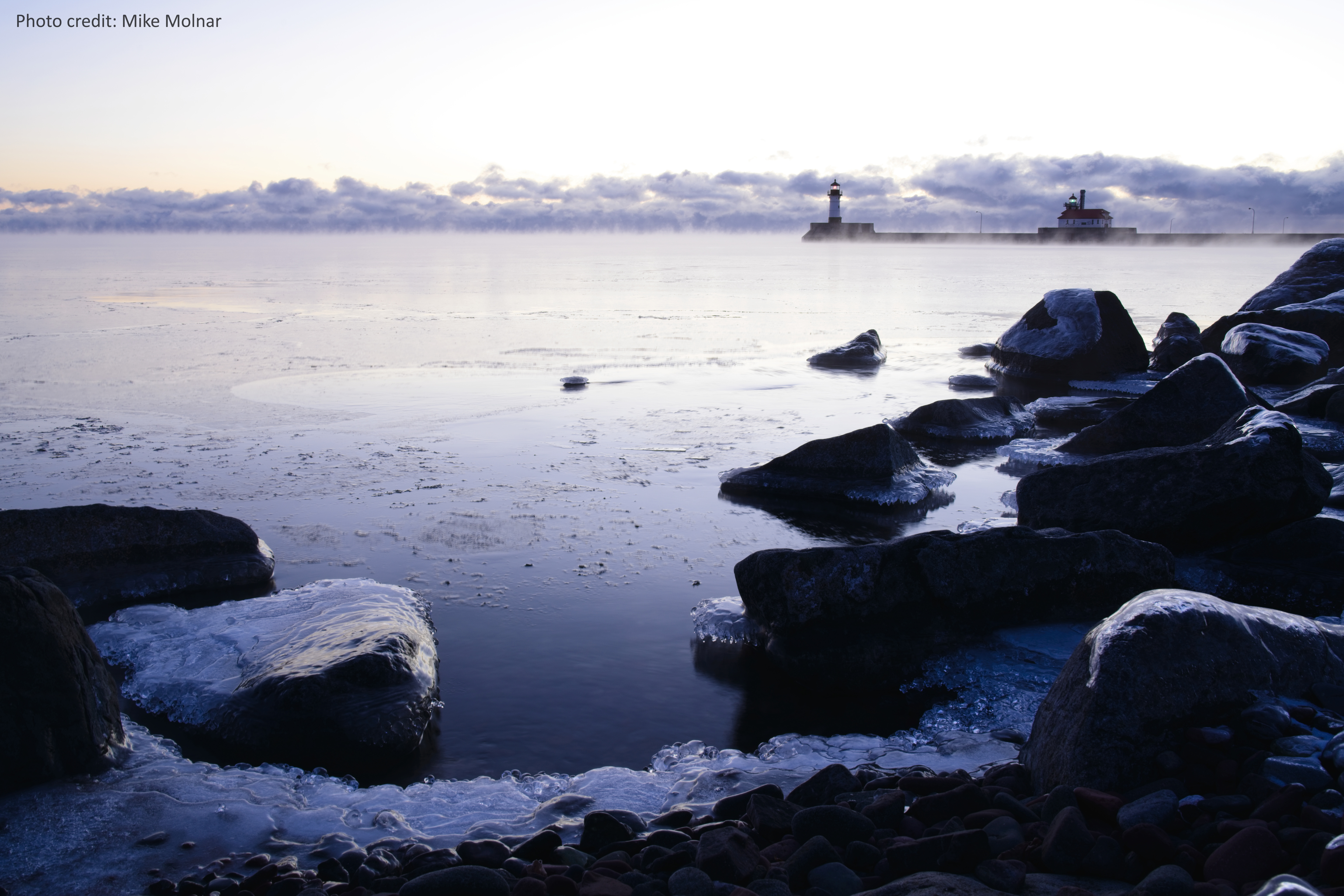States / Minnesota
Minnesota
Coastal Management
The focus is on managing coastal areas to increase resilience, with an emphasis on balancing environmental, economic, and human wellbeing. Mandated by the Coastal Zone Management Act, the two federal programs designed for this task are the National Coastal Zone Management Program and the National Estuarine Research Reserve System. Programs are administered, on the federal side, by NOAA’s Office for Coastal Management, in partnership with the coastal states.

State Programs
Coastal Zone Management
Lake Superior Coastal Program. Established in 1999, the program consists of a network of agencies and programs led by the Department of Natural Resources. The goal is to preserve, protect, develop, and where possible, restore or enhance coastal resources along Minnesota's North Shore of Lake Superior. The annual grant program is an important funding source for local communities, as this money is used to balance protection of coastal resources while providing places for people to live, work, and play.
Great Lakes Restoration Initiative. This initiative accelerates efforts to protect and restore the largest system of fresh surface water in the world—the Great Lakes. Built upon the foundation of the Great Lakes Regional Collaboration Strategy, this multi-agency initiative has provided funding to 16 federal organizations since 2010. The goal is to strategically target the biggest threats to the Great Lakes ecosystem and to accelerate progress toward achieving the organization’s long-term goals. See examples of NOAA products funded by the Great Lakes Restoration Initiative.
Impact Stories
Stories that showcase the recent work of this state's coastal management efforts.
- One-Two Punch of Funding Brings Project Success in Minnesota
- Advancing Nature-based Coastal Resilience Across the Great Lakes Region
- Accelerating Natural Flood Management in the Lake Superior Basin
- Advancing Regional Climate Resilience for Minnesota’s Lake Superior Coastal Region
- Restoration Efforts for Great Lakes Shoreline
Additional Resources
*Fast Fact Sources:
People: American Community Survey Five-Year Estimates
Beaches and Estuaries: Shoreline Mileage of the United States
Employment and Economy:
Marine Economy for the Coastal U.S. States
Marine Economy for the U.S. Territories